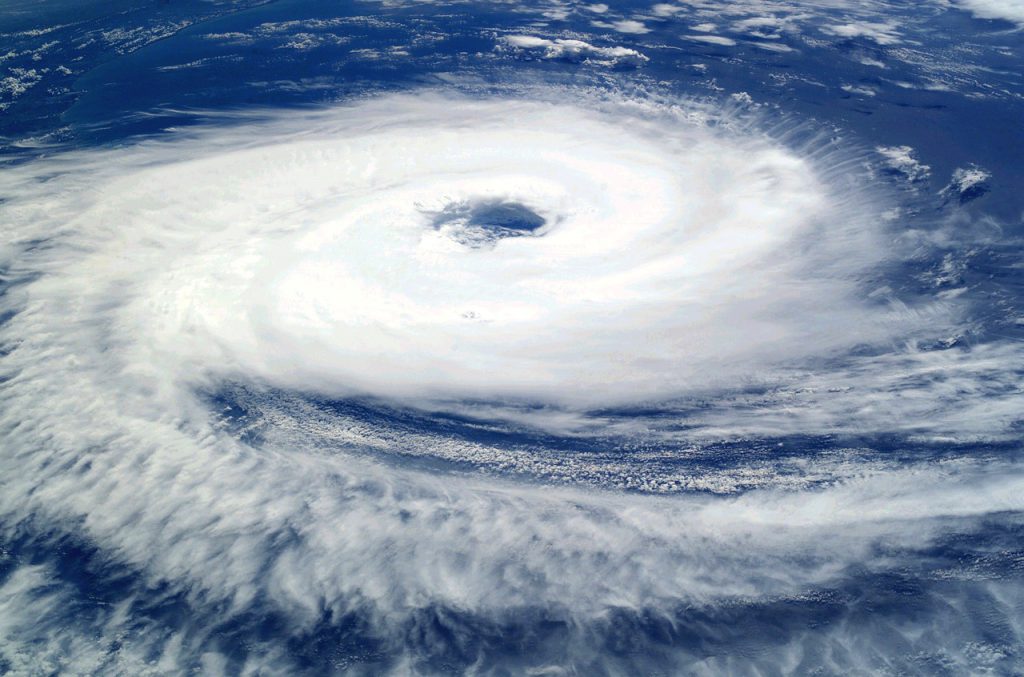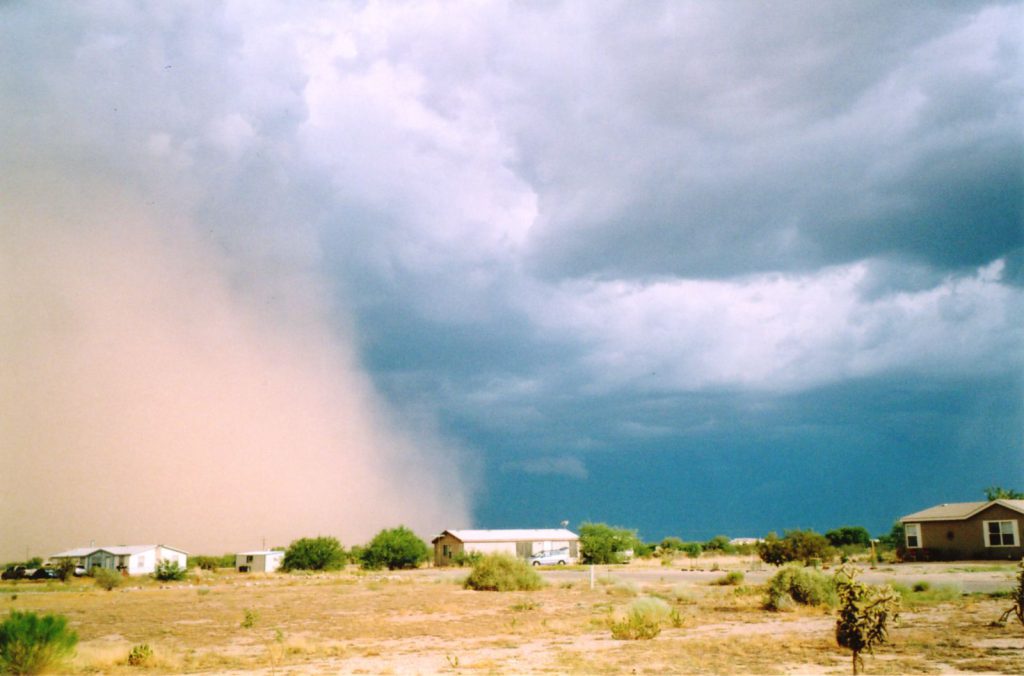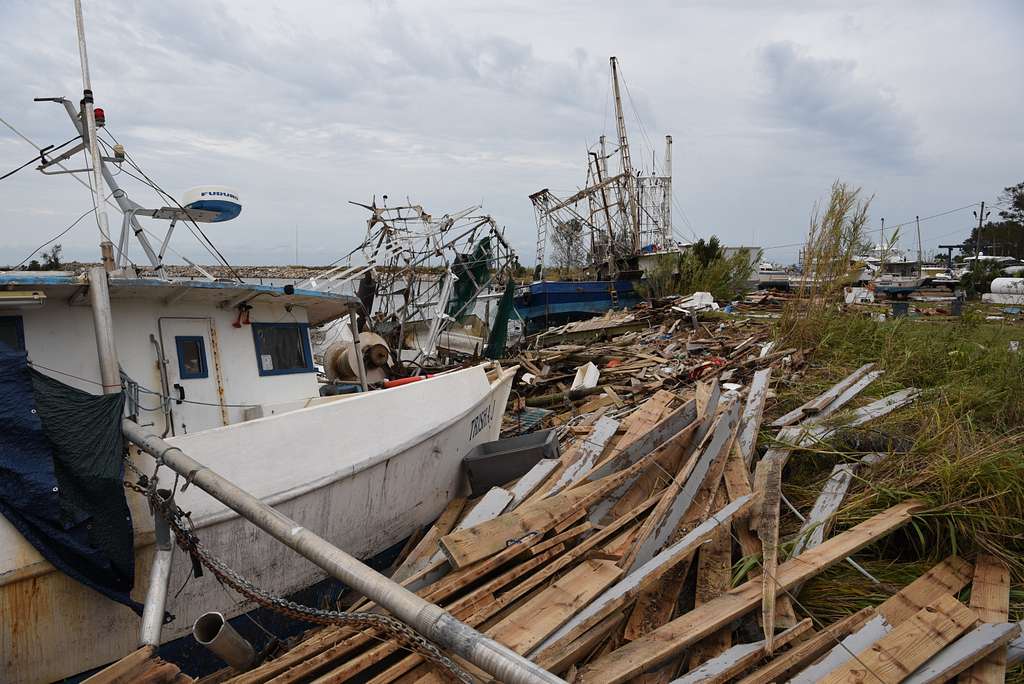Cyclone Biparjoy is a severe storm that is currently centered situated in the Arabian Sea, is expected to hit the heavily urbanized parts that are located on the Indian West Coast and South Pakistan. Its possible impact on the region has led to authorities deciding to move hundreds of thousands of residents in the hopes of securing the lives of millions. Biparjoy which has sustained winds up to 150 km/h (90 mph) is an increased risk of rainfall, destructive winds and storm surges along the coast. When we see the destruction force of this storm, it serves as a stark reminder of the growing risk of natural disasters due to changes in the climate. Be aware and remain protected during these uncertain moments.

Formation and Development
The emergence of Cyclone Biparjoy was the result of many meteorological elements. One of the main drivers was the existence of high temperatures at the sea’s surface within the Arab Sea. These warm temperatures provided the power for the storm to grow and expand.Furthermore the seasonal variations in winds in the region together with the extreme humidity, played a role in the onset and severity of the hurricane.
As the low-pressure storm developed the storm intensified and became the polarity of a severe storm that could reach speeds upwards of 150 kilometers per hour. It was able to continue increasing the force of its attack when it moved closer the coast to the west of India.
Meteorological Factors Contributing to the Cyclone
The existence of sea surface temperatures that were warm is not the sole factor that contributed to the genesis and strength of Cyclone Biparjoy. Other meteorological variables also played an important role. The seasonal changes in the wind patterns within the area created an atmosphere that was conducive to formation of the cyclone. Furthermore, the existence of humid air helped boost the intensity of the storm and fuel the intensity of the storm.

Timeline of Events
When Cyclone Biparjoy was moving towards India’s west coast officials issued a warning and began evacuation plans across the affected areas. It struck close to Gujrat on the 23rd of June which caused significant damages to the infrastructure as well as property.
In the days following, the heavy rain and floods impacted various states, including Maharastra. The Indian government has deployed emergency teams along with aid materials in areas that are affected, to help those affected by the storm. Indian government had the ability to assist those suffering from the storm including shelter, food as well as medical assistance.
Damage to Infrastructure and Property
The powerful winds and torrential rain brought on by Cyclone Biparjoy brought significant destruction to property and infrastructure throughout the affected areas. The hurricane destroyed numerous buildings as well as homes, making thousands of people homeless. Bridges and roads were destroyed by the floodwaters making it challenging for aid workers to get into those affected regions.
The storm also brought power outages as well as communication interruptions across a variety of areas that made it hard people access vital services or communicate with family members.

Casualties and Injuries
The cyclone resulted in a massive death and injury throughout the areas affected. Nearly 100 people perished during the storm, and numerous others suffering from injuries. The full extent of the catastrophe is in the process of being evaluated and relief efforts continue be conducted throughout the affected regions.
Officials have started help and rescue effort in affected areas through the distribution of water, food and medical care to those suffering. The harm resulted from the storm’s impact is significant and it will require a while for the those affected to fully get back to normal
Evacuation and Relief Efforts
The efforts to evacuate were an essential part of the response of the government to the cyclone Biparjoy. Authorities worked hard to ensure that residents relocated to safe regions, including shelters and transport to those who needed it. Relief efforts are also highly praised, providing medical and food supplies being handed out to communities affected.
Non-governmental groups and volunteers contributed greatly to this effort, offering support and help to the people impacted by the cyclone. Their efforts were crucial to ensure that aid efforts were available to those who required their help the most.



